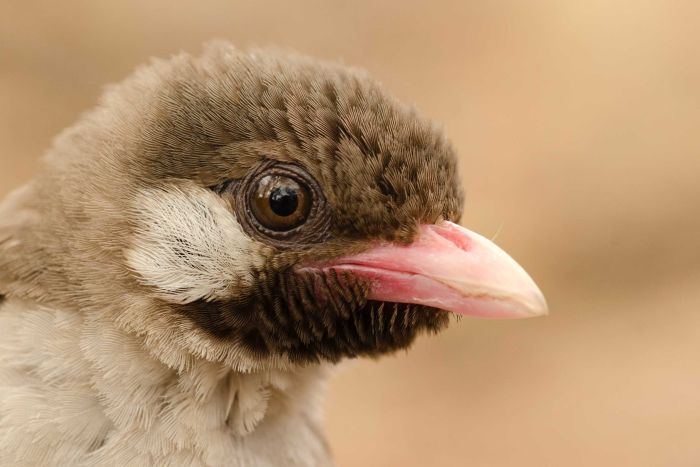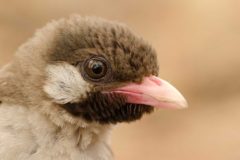A remarkable interaction between humans and birds in Mozambique is a win-win for both species, reports Karl Gruber in an article summarising the recently published research of Dr Claire Spottiswoode on the ABC News Science website.
The study draws on earlier research by the Kenyan ecologist Hussein Isack in the 1980s. Isack showed that honey hunters were able to increase their harvests using information from small birds called honeyguides to help them find bees’ nests. The honeyguides have a vested interest in helping humans to find the hives because, once the hive is cracked open, they are able to feast on the eggs, larvae and beeswax within.
Dr Spottiswood’s research goes one step further by proving that the birds actively seek out honey hunters. The birds listen out for a specific call the hunters make whilst on the hunt.
It’s a startlingly odd noise, but our experiments showed that it works — giving this sound doubled the chance of being guided by a honeyguide, and tripled the overall chance of actually finding a bees’ nest, so honeyguides really are paying attention to signals that humans communicate back to them.
There are relatively few documented instances of this type of mutual collaboration between humans and wild animals. Other cases in Australia include fishermen collaborating with dolphins and killer whales to catch fish.
For the full story read the original article, ‘Humans and wild birds talk to each other to find honey in Mozambique’, on the ABC news site.

